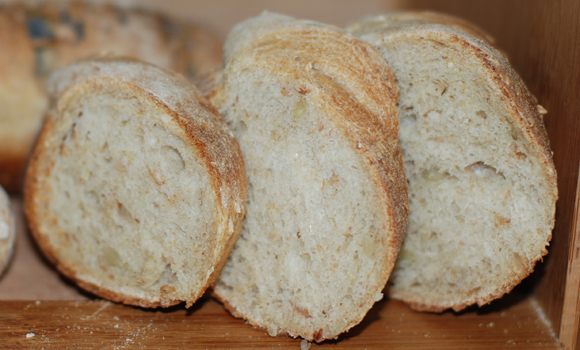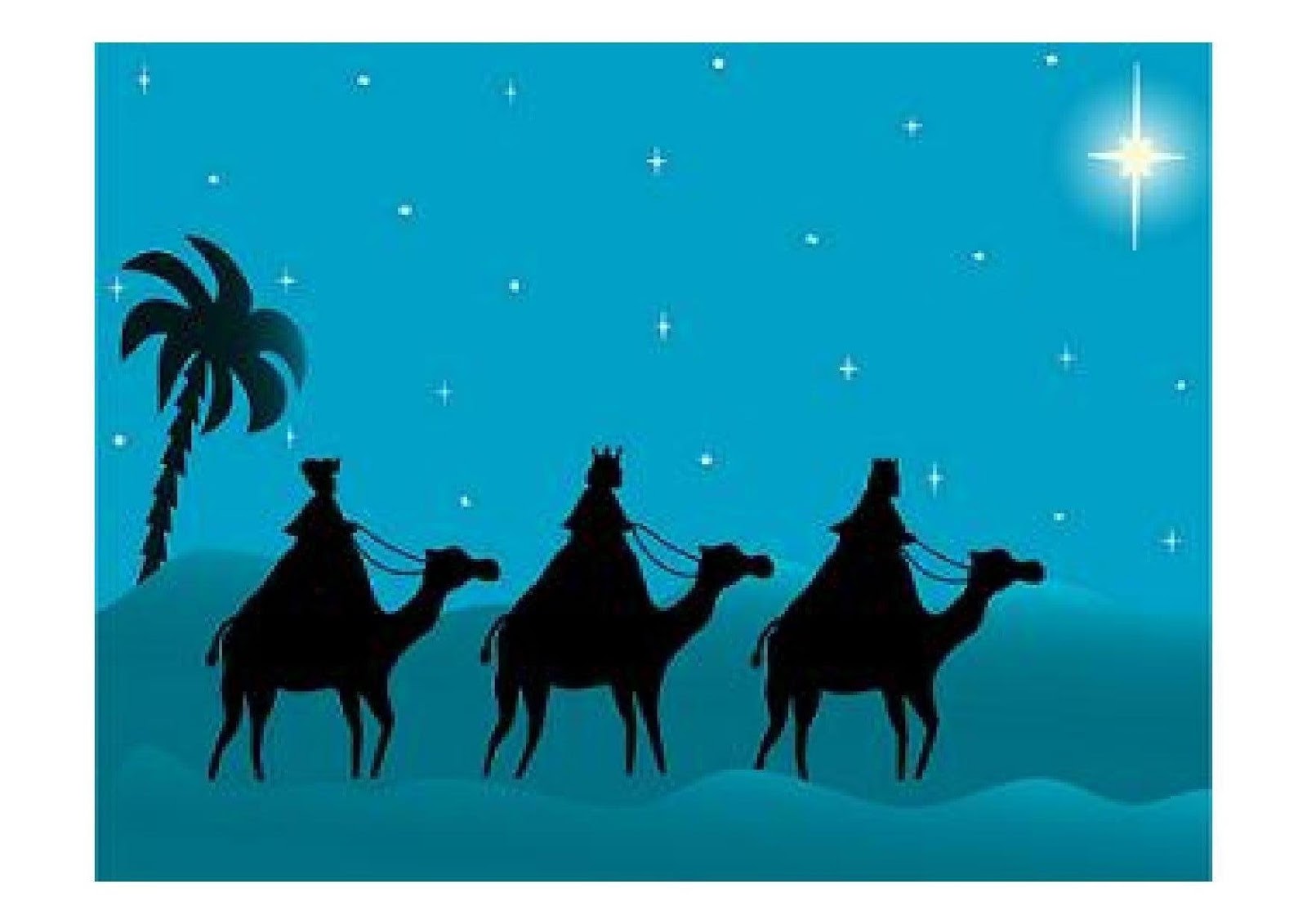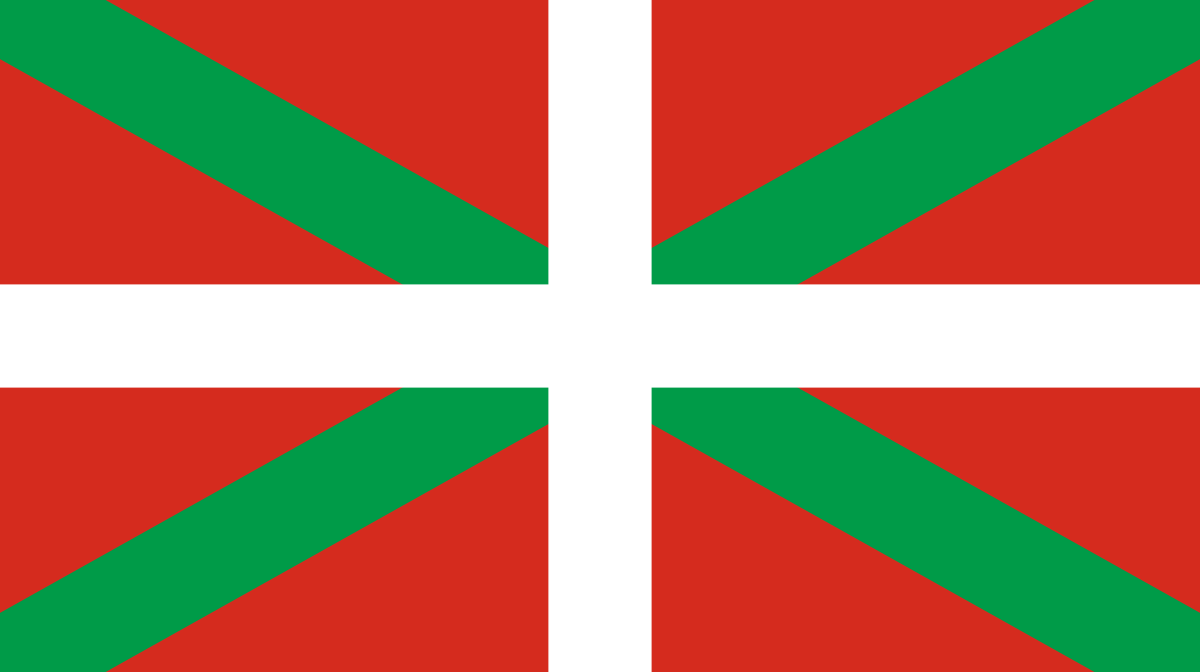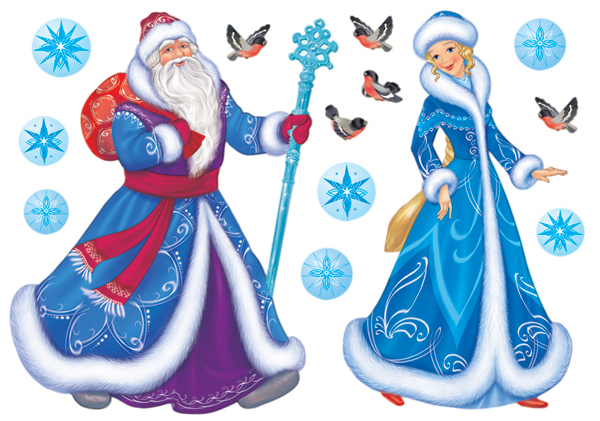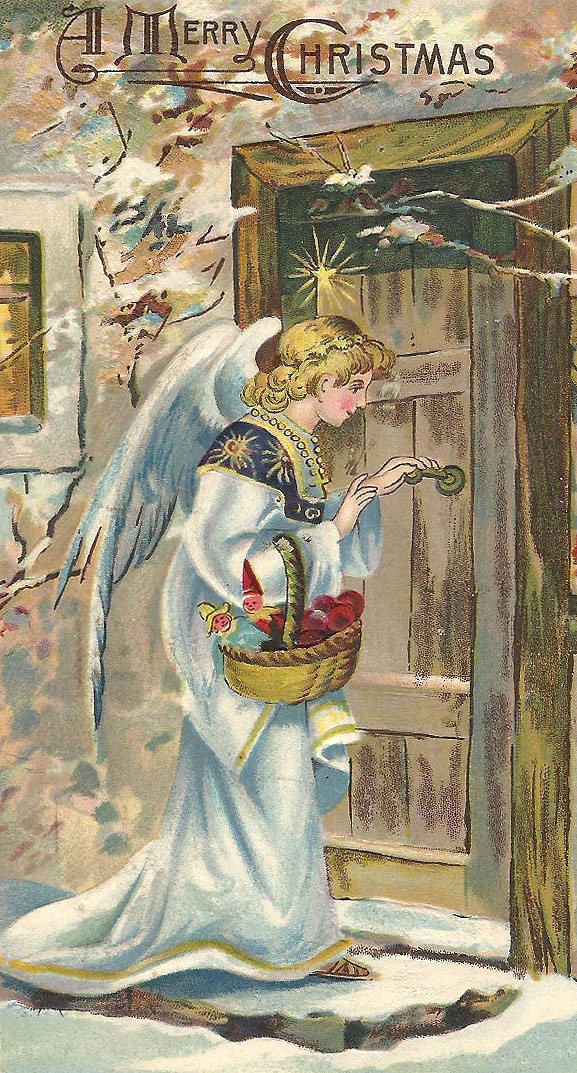Here I am again willing to show you the quirks of English, only this time I'm a homework-bringer, so instead of writing a lengthy article about the fascinating English quirks, I've decided to prepare some exercises for you to revise some idioms. As you know, over the last weeks and months I wrote two entries on the contrast of idioms between Spanish and English I and II. Today, I'm just simply going to put your knowledge of these idioms to a test. Are you ready?
1. Name the idiom that pictures are representing
a)  b)
b)
 b)
b)
c) d)
d) 
e) f)
f) 
g) h)
h) 
2. Now match each idiom to 1-8 to their correct meaning A-H
1. To be a pain in the neck
2. To bring home the bacon
3. The straw that broke the camel's back
4. The early bird catches the worm
5. To hit the books
6. To shoot yourself in the foot
7. To kill two birds with a stone
8. It costs an arm and a leg
a) Something is outrageously expensive.
b) To study hard.
c) To earn money to support the family.
d) The sooner you get up, the better things happen to you.
e) To do something that unexpectedly harms you.
f) This idiom refers to someone very annoying.
g) To get two benefits with one single action.
h) The last situation that made me get really angry.
3. Fill in the gaps with the idioms in exercise 2. Conjugate the verbs if necessary.
a) Wow! 15 euros for a pencil. ______________________________.
b) I'm having four exams next week. It's time ___________________.
c) In my family, it is my mother that _____________________, not my father.
d) I'm a morning person. I use mornings to do a lot of things. You know, ____________________.
e) I went to class at university and on my way back I bought some groceries. I _________________________.
f) Had I known that revealing that secret would get me into trouble, I wouldn't have done so. I ____________________.
g) In the end, he committed suicide. Losing his house to the bank was __________________________________.
h) Peter is overly annoying. He is always correcting me. He ____________________.
Answers :
Exercise 1
a) The early bird catches the worm.
b) To kill two birds with a stone.
c) To shoot yourself in the foot.
d) It costs an arm and a leg.
e) To bring home the bacon.
f) The straw that broke the camel's back.
g) To hit the books.
h) To be a pain in the neck.
Exercise 2
1f; 2c; 3h; 4d; 5b; 6e; 7g; 8a
Exercise 3
a) It costs an arm and a leg.
b) to hit the books.
c) brings home the bacon
d) the early bird catches the worm.
e) killed two birds with a stone.
f) shot myself in the foot.
g) the straw that broke the camel's back.
h) is a pain in the neck.
 d)
d) 
e)

g)

2. Now match each idiom to 1-8 to their correct meaning A-H
1. To be a pain in the neck
2. To bring home the bacon
3. The straw that broke the camel's back
4. The early bird catches the worm
5. To hit the books
6. To shoot yourself in the foot
7. To kill two birds with a stone
8. It costs an arm and a leg
a) Something is outrageously expensive.
b) To study hard.
c) To earn money to support the family.
d) The sooner you get up, the better things happen to you.
e) To do something that unexpectedly harms you.
f) This idiom refers to someone very annoying.
g) To get two benefits with one single action.
h) The last situation that made me get really angry.
3. Fill in the gaps with the idioms in exercise 2. Conjugate the verbs if necessary.
a) Wow! 15 euros for a pencil. ______________________________.
b) I'm having four exams next week. It's time ___________________.
c) In my family, it is my mother that _____________________, not my father.
d) I'm a morning person. I use mornings to do a lot of things. You know, ____________________.
e) I went to class at university and on my way back I bought some groceries. I _________________________.
f) Had I known that revealing that secret would get me into trouble, I wouldn't have done so. I ____________________.
g) In the end, he committed suicide. Losing his house to the bank was __________________________________.
h) Peter is overly annoying. He is always correcting me. He ____________________.
Answers :
Exercise 1
a) The early bird catches the worm.
b) To kill two birds with a stone.
c) To shoot yourself in the foot.
d) It costs an arm and a leg.
e) To bring home the bacon.
f) The straw that broke the camel's back.
g) To hit the books.
h) To be a pain in the neck.
Exercise 2
1f; 2c; 3h; 4d; 5b; 6e; 7g; 8a
Exercise 3
a) It costs an arm and a leg.
b) to hit the books.
c) brings home the bacon
d) the early bird catches the worm.
e) killed two birds with a stone.
f) shot myself in the foot.
g) the straw that broke the camel's back.
h) is a pain in the neck.






